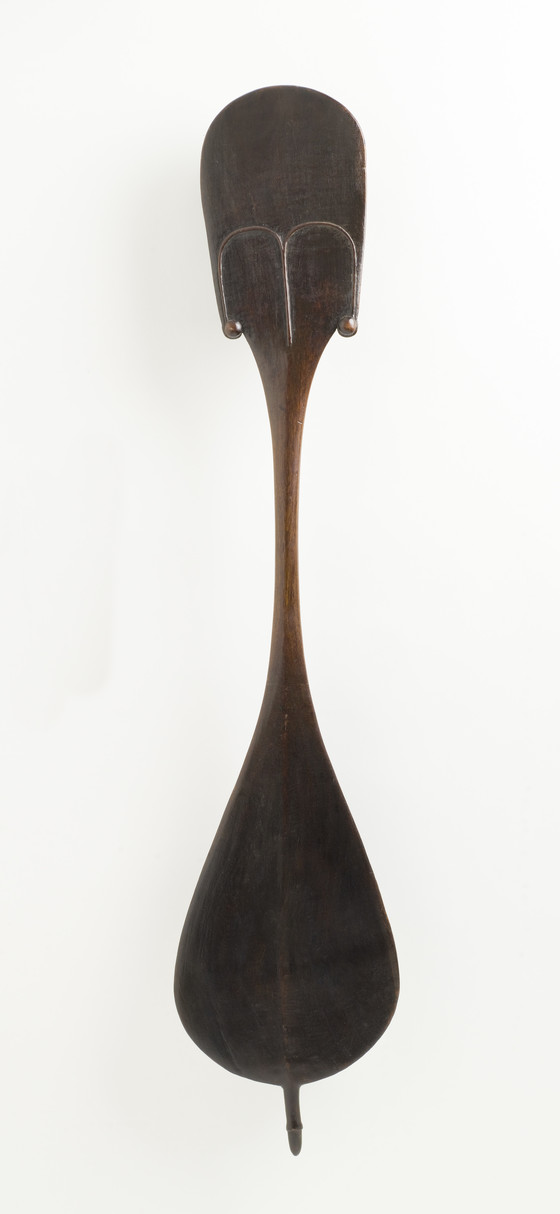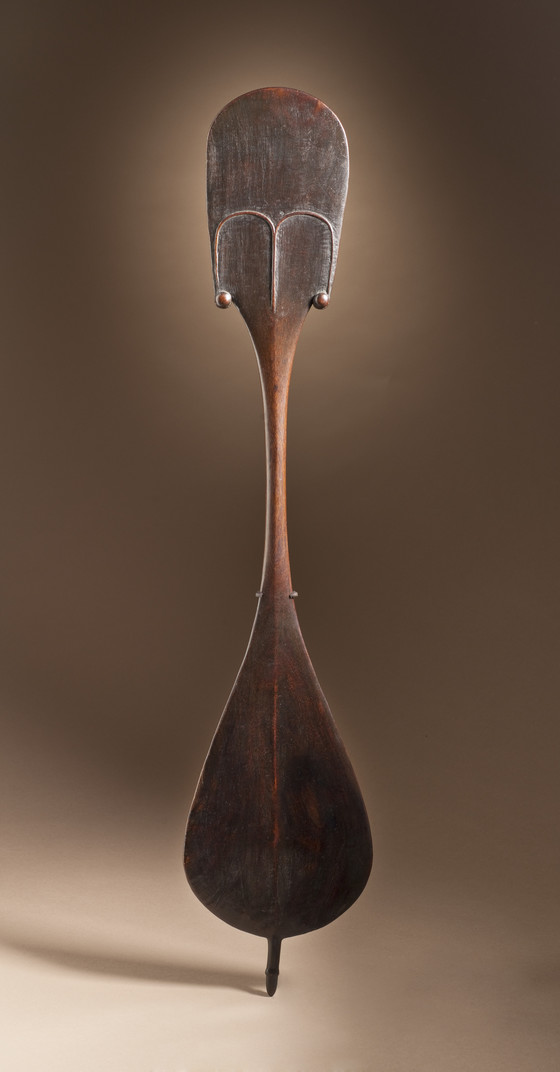Dance Paddle (rapa)


Please log in to add this item to your gallery.
View comments
No comments have been posted yet.
Add a comment
Please log in to add comments.
Please log in to add tags.
* Nearly 20,000 images of artworks the museum believes to be in the public domain are available to download on this site.
Other images may be protected by copyright and other intellectual property rights.
By using any of these images you agree to LACMA's Terms of Use.
Dance Paddle (rapa)
Easter Island (Rapa Nui), circa 1800
Sculpture
Wood
33 1/2 x 7 x 3/4 in. (85.09 x 17.78 x 1.91 cm)
Purchased with funds provided by the Eli and Edythe Broad Foundation with additional funding by Jane and Terry Semel, the David Bohnett Foundation, Camilla Chandler Frost, Gayle and Edward P. Roski, and The Ahmanson Foundation (M.2008.66.4)
Not currently on public view


